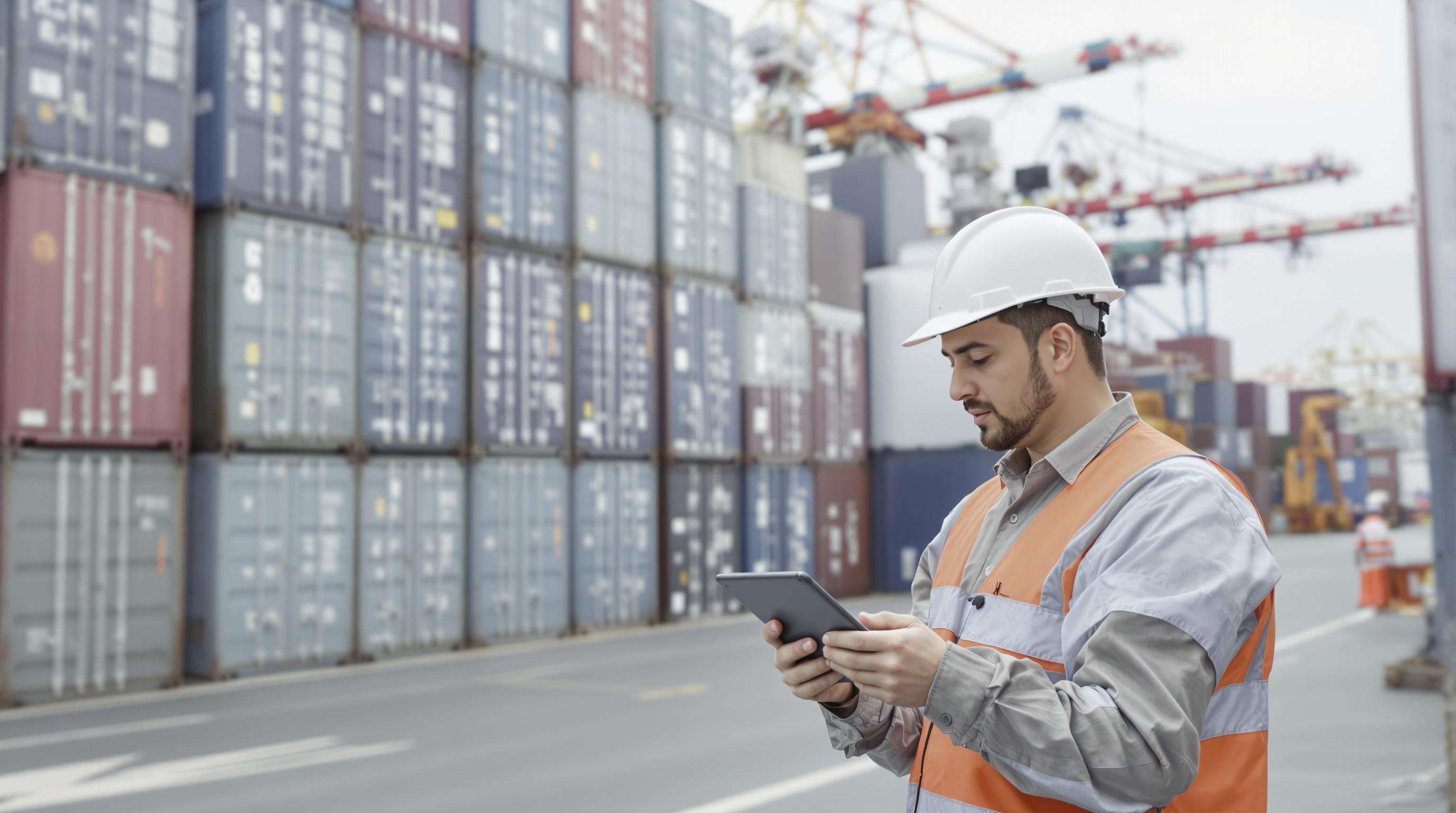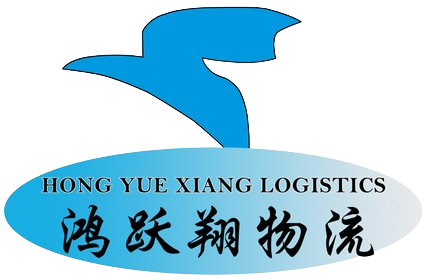News
Sea Freight LCL Scheduling Hacks for Greener Slow-Shipping Campaigns
How Early Scheduling Lowers Carbon Footprint in LCL Shipping

When companies book their sea freight LCL shipments about six to eight weeks ahead of time, it gives shipping companies a real chance to get better at packing containers together. According to the Maritime Efficiency Report from 2024, this kind of advanced planning can cut down on those half-empty containers by around 34%. Freight forwarders love having this extra time because they can group together all the packages going to nearby places, which means fewer stops at ports and saves quite a bit on fuel costs. Take for instance what happens when someone ships twelve containers but spreads them out over three different ships instead of consolidating everything properly. That scenario actually produces 18% more carbon dioxide emissions compared to if those same goods had been packed efficiently into just two well-filled containers right from the start.
Aligning Inventory Forecasting with LCL Booking Cycles
Modern inventory systems that synchronize with LCL sailing schedules help 62% of shippers avoid costly air freight reroutes caused by last-minute stockouts (Global Logistics Survey 2023). By analyzing historical sales data against carrier timetables, companies can:
- Schedule LCL shipments during off-peak sailing weeks
- Maintain 10–15% buffer stock without overordering
- Reduce warehousing emissions through balanced stock rotation
Case Study: Retailer Cuts Emissions by 23% Through Forward LCL Planning
A European home goods retailer achieved a 23% supply chain emissions reduction by implementing 8-week LCL booking windows. Their strategy included:
| Metric | Before | After | Change |
|---|---|---|---|
| Containers Used/Month | 42 | 31 | -26% |
| Port Congestion Delays | 19% | 7% | -63% |
| Diesel Fuel Consumption | 840L | 640L | -24% |
The program also lowered per-unit shipping costs by 15% through better load optimization.
Balancing Just-in-Time and Just-in-Case for Sustainable LCL Logistics
While 73% of companies prioritize just-in-time delivery, the International Logistics Association (2024) found maintaining 12–18 days of critical inventory reduces emergency LCL shipments by 41%. This hybrid approach:
- Covers demand spikes without rush orders
- Allows cleaner transshipment routing
- Lowers emissions from warehouse heating/cooling via leaner stock
The most sustainable programs combine real-time demand sensing with 14-day LCL booking buffers, cutting both carbon output and stockouts.
## Smart Consolidation Strategies to Maximize Sea Freight LCL Efficiency
### Optimizing Container Space: Reducing Waste in LCL Shipments
Strategic cargo stacking and palletization techniques help reduce unused container space in Sea Freight LCL operations by 12–18% on average. Third-party logistics providers now use dynamic 3D load planning software to minimize air gaps between shipments while ensuring cargo safety. This approach lowers emissions per unit shipped – a 2023 Maritime Efficiency Report found optimized LCL containers achieve 22% lower CO₂/t-km than underutilized equivalents.
### Collaborative LCL Shipping: How SMEs Achieve Scale and Sustainability
Smaller businesses are pooling shipments through horizontal logistics partnerships, with 58% of European SMEs adopting collaborative LCL models in 2024. By combining orders destined for the same port cluster, companies maintain inventory flexibility while increasing container utilization to 85–92% capacity. Shared booking platforms enable real-time coordination without compromising competitive boundaries.
### Data Insight: Consolidation Cuts Empty Container Space by Up to 40%
| Consolidation Tactic | Empty Space Reduction | Fuel Savings |
|----------------------------|------------------------|--------------|
| Multi-Shipper Coordination | 32% | 18% |
| Route Optimization AI | 40% | 27% |
| Hybrid Pallet Sizes | 28% | 14% |
Recent industry data shows systematic consolidation decreases average empty container space in LCL operations from 19% (2022 baseline) to 11% in 2024. When combined with slow steaming tactics, this generates 31% fewer emissions per voyage compared to traditional fragmented LCL approaches (Sustainable Shipping Initiative 2024).
Measuring and Enhancing Sustainability in Sea Freight LCL Operations
Why LCL Shipping Delivers Lower Emissions Per Unit Than FCL
According to recent 2025 intermodal transport reports, LCL shipping cuts down carbon emissions by around 42% per cubic meter when compared with regular FCL shipments. The reason? Better use of containers since several companies can pack together in one container instead of leaving lots of unused space as happens with FCL cargo. Take a look at actual numbers: most LCL loads manage to fill about 92% of available container space while standard FCL containers only reach about 67% capacity. This means significantly less fuel burned for each item transported across the globe.
Eco-Certifications and Carbon Accounting for LCL Shippers
Leading providers now offer ISO 14083-certified carbon accounting specifically tailored for LCL logistics, enabling precise measurement of Scope 3 emissions. The Smart Freight Centre reports 68% of shippers using these tools achieve carbon reduction targets 18 months faster than non-certified counterparts. Key certifications gaining traction:
- GLEC Framework for maritime logistics
- Clean Cargo Working Group standards
- DHL’s GoGreen Plus offsetting program
Growing Demand for Carbon-Neutral Sea Freight LCL Services
Consumer goods brands drove a 310% year-over-year increase in carbon-neutral LCL bookings through Q3 2025, with 77% of logistics managers citing sustainability KPIs as primary selection criteria. This aligns with IMO 2030 targets requiring 40% emissions cuts from maritime transport, creating competitive advantage for forwarders offering real-time emissions tracking and biofuel blend options.
Technology-Driven Optimization for Real-Time LCL Shipping Control

Digital Platforms: Automating Bookings and Route Efficiency in LCL
According to the latest logistics tech report from 2024, freight platforms powered by artificial intelligence slash manual booking mistakes by around 40 percent. They also optimize those tricky LCL sea freight routes, which can shave about 15% off transit times. The smart systems look at all sorts of data including past cargo movements, how busy ports get at different times, and even current weather conditions to suggest shipping paths that save on fuel costs. There's another benefit too: automated algorithms help pack containers better by combining shipments going similar places. This really helps small businesses watch their bottom line while still being environmentally conscious since it cuts down wasted space in containers.
IoT and Blockchain for Transparent LCL Sustainability Tracking
Sensors connected to IoT networks inside those sea freight LCL containers now give us live updates on emissions information. We can track things like how much fuel gets burned per nautical mile traveled, plus calculate CO2 equivalents for each pallet being transported. Meanwhile, blockchain systems are keeping track of all these sustainability numbers across different logistics companies involved in shipping. These digital records cant be altered once created, which helps everyone get down to the details when it comes to carbon footprints. A test run back in 2023 showed pretty impressive results too. The combination of these two technologies cut down on paperwork arguments between parties by almost 7 out of 10 cases. Plus, it made sure everything followed along with EU Ecologistics requirements throughout the entire supply chain process.
Case Study: AI Forecasting Reduces LCL Delays by 30%
One European textile company hit nearly perfect on-time deliveries for LCL shipments during the first quarter of 2024. They did this through some pretty smart machine learning stuff that can actually predict when ports will get backed up almost two weeks ahead of time. Their system looks at all sorts of different factors including things like local labor disputes and weather patterns such as monsoons. Because of this approach, they managed to redirect cargo shipments three full days quicker compared to what was possible before. As an added bonus, this forward thinking cut down carbon emissions by around 23 metric tons each year simply because ships weren't stuck in crowded waterways anymore.
## Strategic Off-Peak Scheduling to Avoid Congestion and Cut Emissions
### Why Pre-Holiday LCL Bookings Are Up 37% Year-Over-Year
Shippers are securing sea freight LCL (Less than Container Load) slots 8–12 weeks before peak holidays to avoid congested ports and carbon-intensive delays. A 2025 study found cargo vessels idling at ports during holiday rushes emit 42% more CO₂ per shipment due to inefficient fuel consumption during waiting periods. Early bookings enable carriers to consolidate shipments strategically, reducing the likelihood of last-minute air freight substitutions, which generate 35x more emissions than sea transport per tonne-mile (Maritime Emissions Index 2024).
### Avoiding Port Congestion Through Timely, Off-Peak LCL Shipments
Scheduling LCL shipments during non-peak windows (e.g., mid-month departures or post-holiday returns) decreases idle time at ports by 18–25%, according to recent port operations research. This aligns with findings from global congestion pricing initiatives where off-peak routing reduced diesel consumption by 31% per container. Proactive planners use historical AIS (Automatic Identification System) data to identify "green corridors"–routes with 12% faster turnaround times and 22% lower emissions due to optimized berthing schedules.
### Best Practices for Holiday Season LCL Campaigns
1. **Demand-Matching**: Use AI tools to align LCL booking dates with seasonal inventory needs, avoiding rushed shipments
2. **Multi-Port Strategies**: Distribute LCL cargo across secondary ports with 40% lower congestion rates during holidays
3. **Carrier Partnerships**: Work with logistics providers offering guaranteed off-peak slots, reducing emissions from rescheduled shipments by up to 19%
Forward-thinking shippers now prioritize carbon accounting in LCL contracts, with 58% requiring carriers to disclose emissions per booking window–a practice shown to incentivize greener scheduling behavior (Sustainable Logistics Consortium 2024 Report).
FAQ
What is LCL shipping?
LCL (Less than Container Load) shipping involves consolidating smaller shipments from multiple shippers into a single container. This method is often more cost-effective and environmentally friendly compared to FCL (Full Container Load) because it maximizes container space and minimizes emissions per unit.
How does early scheduling reduce emissions in LCL shipping?
By booking LCL shipments early, shipping companies can optimize container packing and reduce the number of half-empty containers. This leads to fewer trips, less fuel consumption, and lower carbon emissions.
What are some benefits of using digital platforms for LCL shipping?
Digital platforms powered by AI can automate bookings, reduce manual errors, optimize routes, and provide real-time data insights. This results in cost savings, time efficiency, and lower environmental impact.
Why is there a growing demand for carbon-neutral LCL services?
The push for sustainability and regulatory targets like the IMO 2030 goals have increased demand for carbon-neutral shipping services. Companies are prioritizing sustainability KPIs, which enhances their competitive standing while reducing environmental impact.
Recommended Products
Hot News
-
A Vital Freight Mode Connecting The World
2024-01-16
-
The Continued Development Of Our Freight Shipping Company
2024-01-16
-
The Importance Of A Trucking Company
2024-01-16

 EN
EN
 AR
AR
 FR
FR
 DE
DE
 PT
PT
 RU
RU
 ES
ES
 TR
TR
